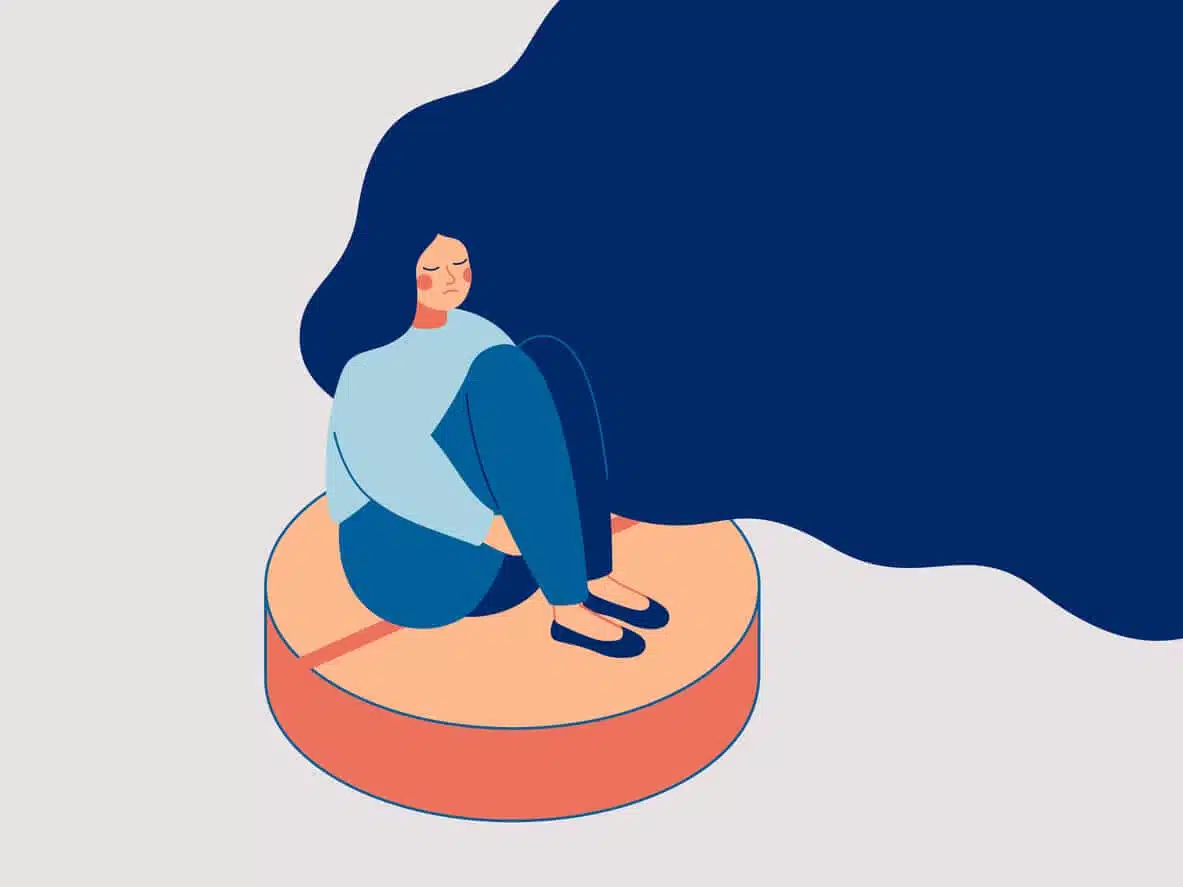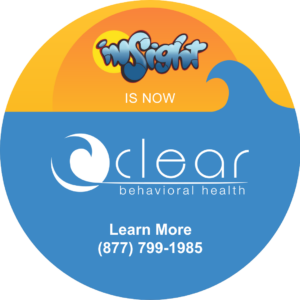Members of the LGBTQ+ community face many challenges that have a significant impact on their physical and mental health. Discrimination faced by the LGBT+ community can limit access to high quality mental health services and increase the risk for mental health conditions. Consequently, it is not uncommon for individuals to struggle with dual diagnosis in the LGBTQ+ community.
If friends and family are unsupportive or lack understanding, coping with rejection of one’s identity from a close relationship or even internal conflicts such as not accepting their own identity can weigh heavy on mental health. Studies have found that within the LGBTQ+ community, 61% struggle with depression, 45% have PTSD, and 36% have an anxiety disorder.
What is Dual Diagnosis?
Dual diagnosis refers to having an addiction to drugs or alcohol while simultaneously having at least one mental illness. The condition is also referred to as “co-occurring disorders”. The mental illnesses can include:
- Depression
- Anxiety
- Post-traumatic stress disorder
- Schizophrenia
- Bipolar disorder
- Attention-deficit/hyperactivity disorder
- Borderline personality disorder
- Obsessive-compulsive disorder
- Agoraphobia
- Eating Disorders
- Schizoaffective Disorder
The National Survey on Drug Use and Health states that 9.5 million adults deal with having a dual diagnosis. About half of all people who develop a substance use disorder also have at least one mental health condition. Often alcohol and drug abuse is used partly to help deal with unmanaged mental illness symptoms, creating a perpetual cycle that requires professional treatment for both conditions.
Substance Abuse in the LGBTQ+ Population
Despite progress made in recent years, many people who are part of the LGBTQ+ population struggle with embracing their identities. They often deal with bigotry from individuals and are discriminated against in relation to employment, housing, religion, and parental rights. This type of situation can make turning to drug or alcohol use as a temporary coping technique develop into a substance use disorder.
Challenges faced by the LGBTQ+ community face contribute to the high prevalence of substance abuse. Substance abuse is a critical issue among members of the LGBTQ+ community. Individuals of the LGBTQ+ community are 12.2 times more likely to use amphetamines and are 9.5 times more likely to use heroin than those in the general population. Data suggests 20%-25% of the community have a moderate to severe alcohol use disorder.
Those who identify as LGBTQ+ are more than 2.5 times as likely to misuse drugs or alcohol. The National Alliance on Mental Health (NAMH) found that within the transgender community, members end up with a substance use disorder at nearly four times the rate of cisgender people. Cisgender means a person whose gender identity matches that of their birth gender.
LGBTQ+ members in high school engage in the use of illegal drugs more often than others in their age group. For many underage people, a fear of coming out and the risk of rejection by family members and their peers drive them to begin abusing alcohol and drugs.
High Numbers of Mental Health Issues Affect the LGBTQ+ Community
While many people across the board develop dual diagnosis conditions, the toll taken among the LGBTQ+ community remains particularly high. Twice as many people who identify as LGBTQ+ develop mental health disorders compared to their heterosexual counterparts. They are more than 2.5 times as likely to suffer from conditions such as depression and anxiety. The prevalence of mental health disorders in the LGBTQ+ community is predominantly due to the stigma and prejudices that exist today. Discrimination, harassment, and trauma related to sexual orientation or gender identity are harmful to mental health.
The Trevor Project reports that 42% of LGBTQ+ youth considered attempting suicide in the past year. This number includes more than half of youth who identify as transgender or nonbinary. As well, 72% of this young community experience generalized anxiety disorder symptoms, while 62% deal with symptoms of major depressive disorder.
While the transgender community has enjoyed elevated acceptance levels in recent years, mental health issues still affect an adverse number of its members. Forty percent of transgender adults have attempted suicide in their lifetime, compared to only about 5% of the general population.
NAMH found that those who identify as transgender develop a mental illness at a rate of almost four times as often as cisgender individuals. Minority transgender individuals are more likely to attempt suicide than their white counterparts.
Is There Treatment for Dual Diagnosis Conditions?
Due to how common it is for individuals to experience both addiction and co-occurring mental health diagnoses, many addiction treatment programs provide help for both. Programs ranging from detoxification and withdrawal management to residential to sober living houses often provide their clients with dual diagnosis assistance.
An individual who is unsure if they suffer from a co-occurring mental health issue may be able to receive a diagnosis upon initially joining a program. Others may need to speak to their doctor or a licensed counselor who can provide a full diagnosis.
When speaking to a treatment program, be sure to ask if they treat dual diagnosis and let them know about any specific condition you deal with to make sure they can help. You can also ask if they offer follow-up programs or recommend after-care for dual diagnosis once you complete their program.
When making inquiries to substance abuse treatment programs, remember it’s your right to specifically ask if they are LGBTQ+ friendly. Many programs welcome clients from this community, but you might want to confirm it before making further plans.
Treatment for Co-Occurring Disorders
If you are struggling with addiction to drugs or alcohol and also have a dual diagnosis, Clear Behavioral Health can help. We offer detox, withdrawal management, and residential programs that provide stabilization in early recovery as well as outpatient programs for ongoing support. We specialize in treating people who deal with both substance use disorders and mental health issues. Our addiction treatment centers in Los Angeles offer multiple types of therapy and holistic treatments to treat the whole person.
When substance abuse co-occurs with mental health conditions it is referred to as dual diagnosis. At Clear Behavioral Health, we understand dual diagnosis is best treated when both diagnoses are addressed simultaneously, and our expert clinical team addresses each co-occurring disorder with the same level of attention and care. If you or a loved one would like to learn more about our dual diagnosis treatment program, contact us today.

